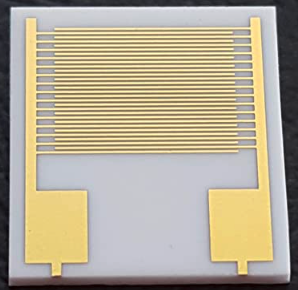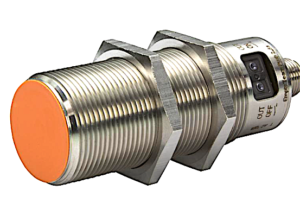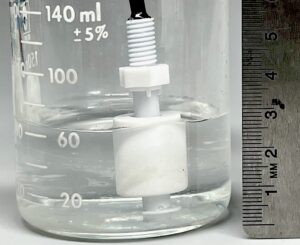What is the best way to sense low liquid level in containment tanks or overflow pans that are normally not supposed to have any liquid in them?
INTERSTITIAL FLOATS
These are an option that has
The problem is that they have a substantial thickness to them. This popular one has a thickness of 9.5 mm. The liquid must rise substantially higher than that to actuate the switch.
CONDUCTIVITY
Conductivity switches consist of metal elements that are
A problem with this method is that it consists of a metallic circuit whih is subject to corrosion. Also these need a steady supply of power so its not suitable for battery power. It will detect the smallest amount of liquid which may be too small – just one drop of condensation will create a false alarm.
CAPACITIVE SENSOR
A capacitive sensor senses a layer of water at some distance
VERTICAL FLOAT SWITCH
For sensing very low liquid levels, there are float switches made just for this purpose known as “ultra low level” float switches. These will float in a liquid level as low as 2 mm depth! With both float switches, the challenge is to fixture the float switch so it is at the correct depth in a tank. Gizmo Engineering mounts float switches on a pipe which is set into the tank at the depth needed. For very low level sensing we would take advantage of our proprietary “float guards” that surround the float switch so the pipe can be plunged into the tank without fear of damaging the float switch. That way any depth of interstitial liquid from 0.2mm will be reliably detected. The float offers the advantage of allowing batter operation.
SUMMARY
There are other methods of course, like ultrasonics, radar, optical and more, but these methods are not really advantageous for Ultra Low Level sensing – even though they have their place in for other applications in the sensing world. So in summary, for Very Low Level sensing we recommend the special “Ultra Low Level” float switches for their proven reliability. There is only a simple reed switch involved – no fussy calibrations or circuitry required. No continuous power is required. And the sensing depth is as low as you would ever need.


